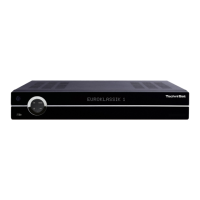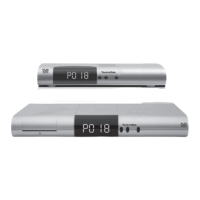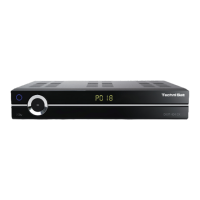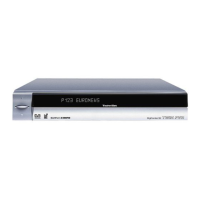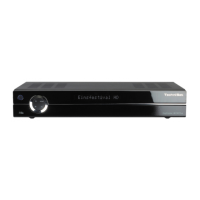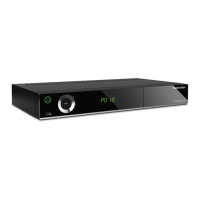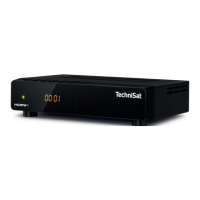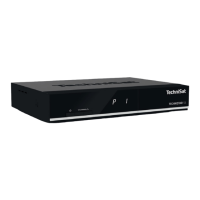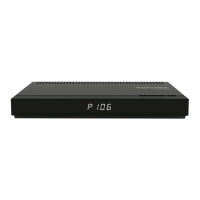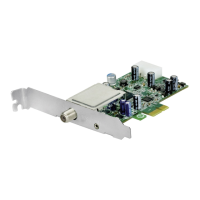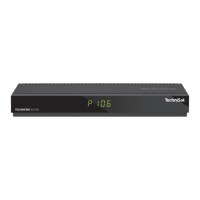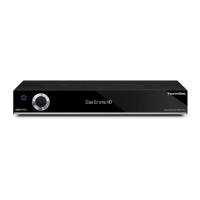> Confirm with OK. The satellite, which has ben highlighted is now inserted at the
previously designated position in the Antenna Setting menu.
Process the entire menu Antenna Settings in this way until the information contained in
this menu corresponds to that contained in your receiver. For used switch criteria, please use
No satellite.
Additional settings/LNB properties
After you have set the switch matrix of your DVB receivers to your reception unit, you must
also inspect and possibly correct the other settings for your receiver.
> With the arrow keys left/right move the marker to the column configuration.
> Now, with the arrow keys up/down select the line, which you would like to check
or amend the field continue.
> Confirm with OK. A sub-menu is now displayed, where you can carry out LNB-set-
tings and where you can set the test transponder.
The following settings can be carried out:
LNB Type
> In this line, use the arrow keys right-left to state, which LNB-type you are using.
The choices are Single LNB, Quatro LNB, Multytenne LNB, SatCR LNB,
DisiCon 1 LNB, DisiCon 2 LNB, DisiCon 4 LNB, C-Band LNB, Circular
LNB and a user LNB for manual entry of the LNB data.
> The setting is taken over by pressing the OK key.
Test transponder
The following menu items should only be entered, if you would like to test the signal of a satellite.
Transponder frequency
> Enter a frequency on which digital channels are transmitted in this line with the
numeric keyboard.
Polarisation
> Use this line to enter with the arrow keys left-right the required polarisation plane
(horizontal or verticle).
Symbol rate
The symbol rate provides information the data volume transmitted per second. It can for
instance be 27500 (27,500 symbols per second).
> Enter the required video text page by means of the numeric keyboard.
User LNB
Once you have entered the LNB type under User LNB, carry out additional settings:
18
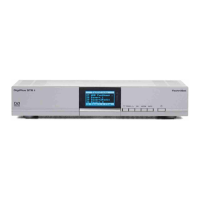
